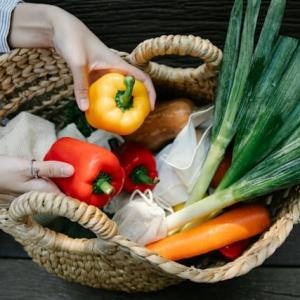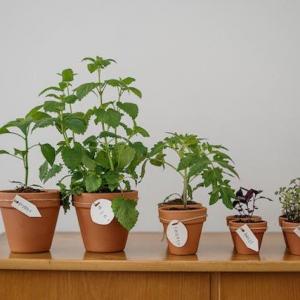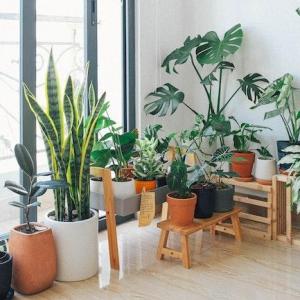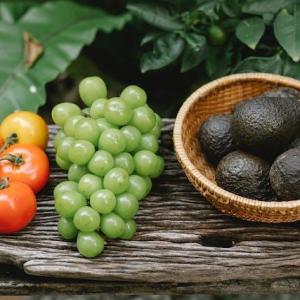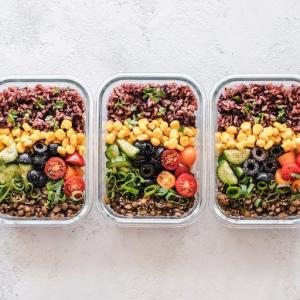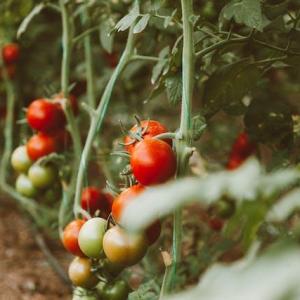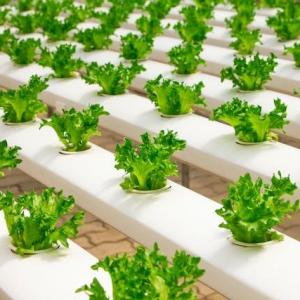
The thought of growing your food garden can be daunting as many consider gardening to be the work of a professional. Moreover, the fear often stems from a lack of horticultural knowledge, time commitment required, space limitations, concerns about pests and diseases, and the impact of weather and climate on gardening success.
The Benefits of Growing Your Food
To begin with, let's get you covered on the benefits of growing your food, so you can fully appreciate the advantages of cultivating your fresh produce. Growing your food is a life-changing experience with numerous advantages. It builds a profound connection with nature, instills a sense of self-sufficiency, and can considerably lessen your environmental footprint. By cultivating your garden, you not only embrace a healthier lifestyle but also help to build a more sustainable and resilient future, one delicious harvest at a time.
Your Start to Green Beginnings
All you need is a few essential tools, a bit of knowledge, and a healthy dose of enthusiasm.Choose the Ideal Location:
To set the stage for a thriving garden, consider these simple yet vital pointers:Sunshine Sought:
Give your veggies a sun-soaked stage. Most demand 6-8 hours of direct sunlight daily, with a few leafy exceptions that tolerate partial shade.Dry Delights:
Ensure your garden's feet stay dry! If you wrestle with waterlogged soil, opt for raised beds or rows to bolster drainage. Do wet roots spell trouble and rocky terrain? Clear the path to robust root growth.Steady as they Grow:
Keep your garden grounded and sheltered. Avoid windy spots that can topple tender seedlings and deter vital pollinators. Likewise, steer clear of foot traffic and flood-prone locales, aiming for a "just right" home.Soil as Nourisher:
Your soil holds the key to thriving crops. Enrich it with organic goodness for vibrant and healthy plants. A fertile foundation ensures your garden's success.Start Small!
Planting too much at once is a classic beginning mistake. It's easy to get carried away, but starting small is a wise decision.- A 10' by 10' garden is reasonable for planting in the ground, where you can choose 3 to 5 of your favorite vegetables and get 3 to 5 plants of each.
- If you're starting with a raised bed, a 4' x 4' or 4' x 8' size is ideal.
- A 12' x 24' garden in the ground could work for a family of four if you wish to go bigger.
Selection of Vegetables:
A great starting point is selecting low-maintenance, high-yield veggies. Listed below are beginner-friendly vegetable suggestions. For most of them, planting seeds directly in the soil is the way to go, unless specified otherwise. And here's a fun tip: introduce some marigold flowers into the mix. They not only deter pests and attract pollinators but also bring a vibrant splash of color to your garden!- Tomatoes: A garden favorite, tomatoes thrive with minimal care. Just give them sun, water, and some support.
- Zucchini: These prolific squash plants are known for their abundance, and they're relatively low-maintenance.
- Lettuce: Perfect for salads, lettuce grows quickly and can be harvested at your preferred stage of maturity.
- Radishes: These root vegetables are one of the quickest to grow, ready to harvest in about a month.
- Green Beans: Whether bush or pole varieties, green beans are simple to cultivate and provide a bountiful yield.
- Cucumbers: With proper support, cucumbers are easy to grow and offer fresh, crisp additions to your dishes.
- Peppers: Bell peppers or chili peppers are usually trouble-free and yield abundant, colorful fruits.
- Carrots: These root veggies are not picky, and they reward you with sweet, crunchy goodness.
- Spinach: A cool-season green, spinach is a quick grower and rich in nutrients.
- Herbs: Include a variety of herbs like basil, mint, and oregano in your garden. They are low-maintenance and add flavor to your cooking.
Finding Your Garden's Sweet Spot:
As you embark on your gardening journey, whether you're nurturing a small patch or dreaming of a flourishing garden, there are essential considerations to keep in mind. First, contemplate where each plant will thrive best and the ideal planting times for each vegetable.Understanding that "cool-season" vegetables like lettuce and peas flourish in the brisk embrace of early spring or fall, while "warm-season" companions such as tomatoes and cucumbers eagerly await the warmth of late spring and summer.
When arranging your garden, position taller plants on the northern side to avoid shading their shorter neighbors. If shade is inevitable, reserve it for smaller, cool-season veggies.
Remember, different crops have varying harvest times, with some maturing quickly (like radishes and bush beans) and others, such as tomatoes, taking longer but offering an extended yield. Look for the "days to maturity" on seed packets for guidance, and don't forget to stagger plantings to enjoy a steady supply of your favorite veggies.
Every garden is unique, and the specific requirements may vary depending on the plants you choose to grow and the local climate. Starting small and gradually expanding your garden can be a great approach for beginners and to experience the journey of your seed to supper will be a joyful delight. Happy gardening!
Article
Be the first comment
Elite Article



